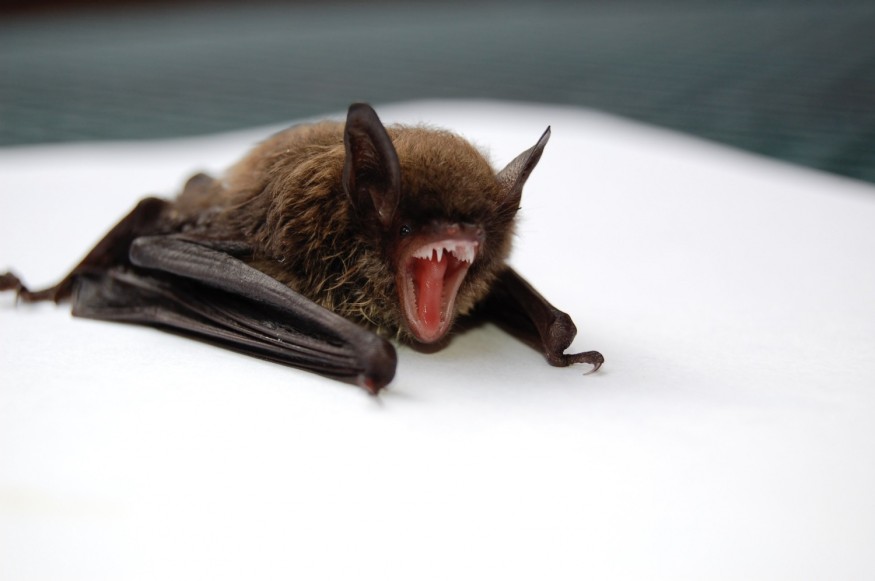Small furry animals like bats, rodents, and shrews have been found responsible for cross-species virus transmission and evolution. These findings are according to a new study led by scientists in China, suggesting that several species of small mammals affect the spread and mutation of viruses.
The research also implies that some viruses can thrive inside the bodies of their mammalian host, potentially enabling them to jump to other species.
For decades, virologists have attempted to study the nature and behavior of biological viruses, as well as the pathogens' exact origin, which remains unknown until now.
However, the advancement of technology in virology over the past century has allowed humans to gaze upon the microscopic world of viruses and the diseases they cause not only to people but also to animals.
Small Furry Animals

In the study published in the journal Cell on September 20, scientists from different institutions in China examined how small furry animals influence the spread and evolution of viruses, acknowledging that bats, rodents, and shrews are the main sources of human infectious diseases. Prior to their conclusion, the scientists link the internal organs of these small mammals factors to the survival and spread of the pathogens.
As a result, the research team, led by Yan-Mei Chen from Fudan University, conducted a meta-transcriptomic sequencing of the internal organ and fecal samples of 2,443 wild bats, rodents, and shrews living in four Chinese habitats. The sampling led to the identification of 669 viruses, including 534 novel viruses across the mammalian virome.
Cross-Species Virus Transmission
In relation to cross-species virus transmission, the team's observation suggests that a virus has a higher chance of spreading to other species if it is present in multiple internal organs of its host. Out of the small furry animals mentioned earlier, there are varying degrees of spread and mutation depending on the species.
For instance, the China-led study found shrews carry the most viruses in a single animal species. Meanwhile, rodents harbored the greatest number of viruses and with the potential to transmit them to a new host species.
Virus Evolution
Neither dead nor alive, as described by scientists, viruses are capable of mutation and evolution, based on evidence from previous research. Aside from cross-species transmissions, viruses can also jump from one animal group to the other, such as from birds to mammals.
Based on a separate study published in the journal Trends in Microbiology, there were three hypotheses during the early 20th century regarding the origin of viruses such as:
- Viruses are degenerate intracellular parasites
- Viruses are relics of precellular life
- Viruses are cellular genes that escaped
According to the World Health Organization (WHO), the more viruses circulate, the more they can change. Citing an example from the SARS-CoV-2, the virus that causes COVID-19 infection tends to mutate more slowly than other pathogens such as HIV or influenza viruses.
Related Article : How Ancient Virus DNAs Are Guarding Marsupials From Modern Diseases
© 2025 NatureWorldNews.com All rights reserved. Do not reproduce without permission.





